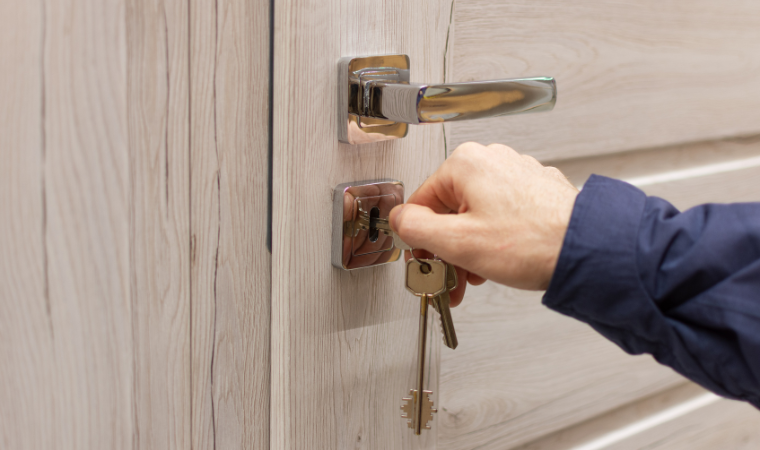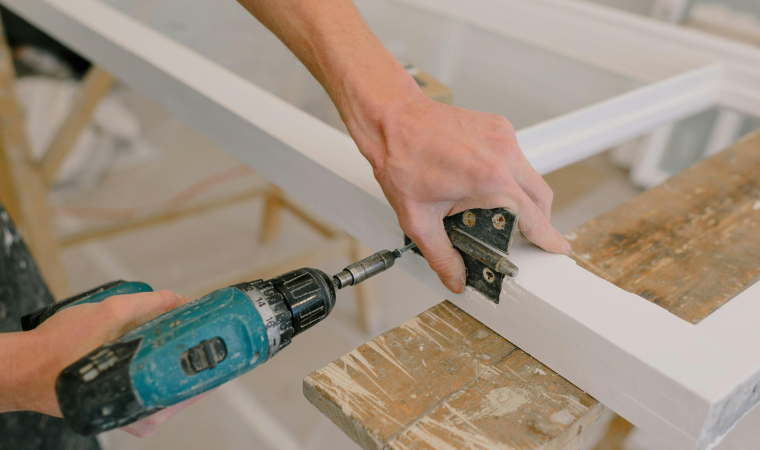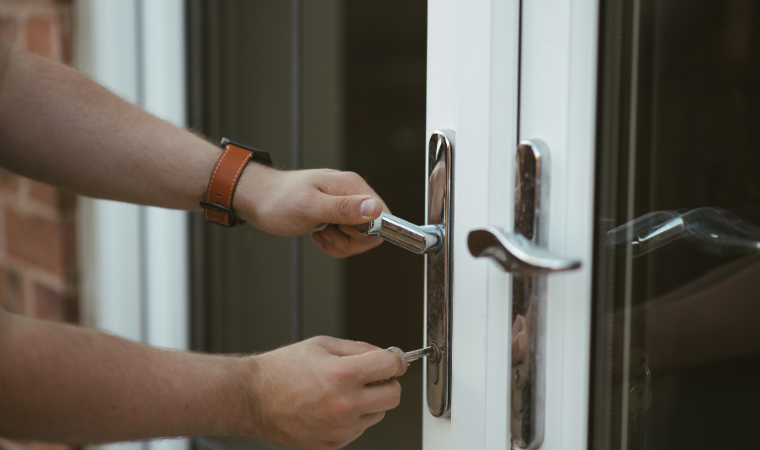How to Rekey a Lock to Match Existing Key
- contact379612
- Aug 28
- 3 min read
Home security is an essential aspect of protecting your property, and one practical way to simplify your locks is to have them all operate using the same key. Instead of carrying multiple keys for different doors, you can rekey a lock to match an existing key, making your daily routine more convenient. Rekeying is also an excellent security measure when moving into a new home, after losing keys, or when you want to limit access for someone who previously had a copy.
Why Rekey a Lock to Match Existing Key?
The main reason homeowners choose to rekey a lock to match existing key is convenience. Imagine being able to use a single key for your front door, back door, and even garage. This not only reduces the risk of losing track of multiple keys but also strengthens security since you can retire old keys from circulation. In addition, rekeying is often much more affordable than replacing an entire lock system.
Tools and Materials Needed
To begin the process, you will need:
A rekeying kit that matches your lock brand (e.g., Kwikset, Schlage)
Your existing key (the one you want other locks to match)
A plug follower (included in most rekeying kits)
Tweezers or small pliers
Screwdriver

Steps on How to Rekey a Lock to Match Existing Key
Step 1: Remove the Lock
Start by removing the lock from the door using a screwdriver. This typically involves unscrewing the lock from the interior side of the door and gently pulling it out.
Step 2: Take Apart the Lock Cylinder
Insert the current key into the lock and turn it slightly. Using the plug follower, push the cylinder plug out of the lock. Be careful during this step, as the small pins and springs inside the cylinder can fall out if not handled properly.
Step 3: Replace the Pins
Inside the lock cylinder, you will find several small pins of different lengths. These pins correspond to the grooves of a specific key. To rekey the lock, you will replace the existing pins with those included in your rekeying kit so they match the cuts of your chosen key. Insert the existing key you want to match, then replace pins one by one to align with the key grooves.
Step 4: Reassemble the Lock
Once the new pins are in place, carefully slide the plug back into the cylinder using the plug follower to keep the springs and pins aligned. Reassemble the lock housing and screw it back into the door.
Step 5: Test the Key
Insert your existing key into the newly rekeyed lock and ensure it turns smoothly. If the key sticks or doesn’t turn properly, double-check the pin alignment.
Can You DIY Rekeying?
Yes, many homeowners successfully rekey their locks using rekeying kits available at hardware stores. However, if you are not comfortable working with lock mechanisms, hiring a professional locksmith is a safe option. Locksmiths can quickly rekey a lock to match existing key, and in many cases, they can handle multiple locks in one visit.
Benefits of Rekeying Over Replacement
Cost-effective: Rekeying is cheaper than buying brand-new locks.
Time-saving: It is quicker to rekey than to remove and install new locks.
Convenience: A single key for multiple doors makes life easier.
Final Thoughts
Learning how to rekey a lock to match existing key is a valuable skill that enhances both convenience and security. Whether you choose to do it yourself with a rekeying kit or hire a professional locksmith, rekeying ensures that only the keys you authorize can open your locks.




Comments